Women With GRITT: Edwina McCann On Learning From Her Dad, Her Journey To Being Named Editor-in-Chief Of Vogue Australia And The Traits She Looks For In Her Employees

“Your failures are there for a reason, so don’t let your ego get in the way when times get challenging. If you genuinely want to improve, oftentime that will come more so from your failures than your successes.”
Welcome to Women with GRITT: a series where we interview the resilient, hardworking women who have kicked in the glass ceiling and inspire us to do the same.
There aren’t many jobs more coveted than Editor-in-Chief of Vogue. Often regarded as one of the most glamorous and influential jobs in the world, what many people don’t see is the 18-hour days, midnight office stints and coffee runs that have led to that point. It’s a reality that Vogue Australia’s Editor-in-Chief, Edwina McCann, knows all too well.
Starting her career as a fashion assistant at the iconic title and then returning almost 15 years later to the top position, McCann’s career is certainly a full circle moment. Not afraid to disrupt the fashion space for the greater good and regarded as a visionary for embracing technology and the digital era, McCann is the blueprint for trusting your instincts, being resilient and making an iconic brand your own.
In this interview, McCann speaks to Gritty Pretty about learning her business knack from her dad, the importance of failure, her journey to Editor-in-Chief and the traits she looks for in Vogue employees.

Hi Edwina! Thank you for chatting with us today. Before we jump into your incredible career journey, we would love to learn a little more about you. Where did you grow up and what was your childhood like?
I was very lucky. I had a very happy family and very attentive parents. I spent a lot of time with my father who had his own business in the west of Sydney. I would spend a lot of school holidays with him when my siblings were younger and I was sent out to work with dad. I definitely learnt a lot from him. But on a personal level, I am grateful to have had a childhood that was quite free and easy. Sydney is a very beautiful environment to grow up in.
You mentioned that you were the oldest child in your family. How do you think this fed into your tenacity and determination in your career?
It definitely played a role. I think because I was the eldest and spent more time with my dad and was more exposed to the inner workings of a business at a younger age, I was driven to build something for myself. I even remember when I was very small that I would imagine these life narratives that would get quite complex. I would envision everything from careers to where I was living and everything in between. My younger brother was born very premature and so I spent a lot of time in hospitals when I was five or six and I just remember my way of entertaining myself was imagining what my life might look like. I do think that when you’re the eldest you have to fend for yourself a little bit when the younger siblings come along and I think that provides an environment where you become quite independent and determined.
Did you always envisage yourself being in publishing when you were imagining these scenarios? What was the turning point when you realised your passion for magazines?
My mother was an avid reader of magazines and I just loved flicking through the pages and I especially loved the art section. All I remember is thinking that I wanted to be the youngest editor ever. When you’re young, you always think you want to achieve everything. It probably says something about a lack of patience but I remember being fascinated with the world of publishing and how everything came together. Particularly in the ’80s, magazines provided a window to the outside world. The window through which you could experience a lot of—not just trends but also art and architecture—internationally. They were essentially how a lot of people experienced a global community before the internet.
Once you’d realised your passion, you started your career as a fashion assistant at Vogue Australia. How did you get your foot in the door and land this role?
I started assisting a freelancer while I was at university and I always had the attitude that it was just about hard work. That role was very much about packing boxes and organising but I was happy to do whatever it took to gain the experience and I think that mentality is really important. Quite some time later Vogue were looking for an assistant and so I trialled with the fashion editor of the day and they offered me the position. I came with a reference, the woman I had been working for was a friend of the fashion editor, and they knew that I wanted to make a full time career out of it. I guess it was a bit of right place, right time and knowing the right person who could connect me in.
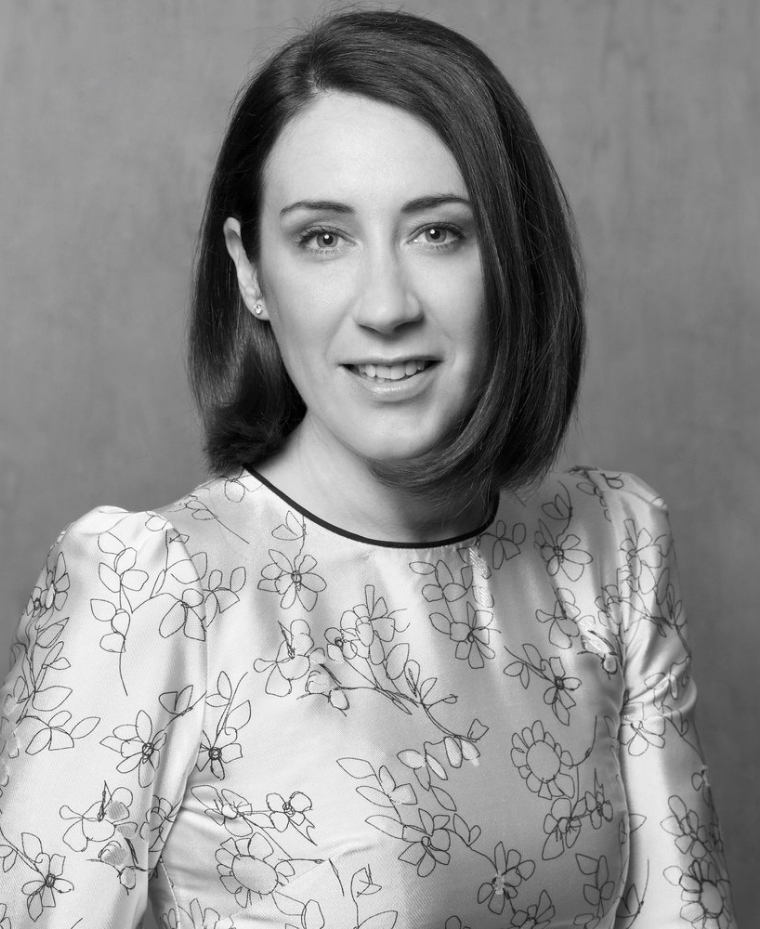
After seven years you moved on from Vogue and worked for The Australian and Grazia before you were named editor-in-chief of Harper’s Bazaar. How did those first few editorships and job experiences put you in good stead to be at the helm of such an iconic Australian publication?
I place equal importance on the seven years I spent at Vogue and the seven years I spent in the newsroom at The Australian because it was a very different environment. Clearly, fashion was not a major focus of The Australian newspaper but I remember when colour printers were brought in and we were so excited to be able to do what had been being done internationally for quite some time. It was exciting because we had a lot of autonomy in many ways as things were rapidly changing around us. But I was also well aware that I was surrounded by some of the best writers in the country and being able to learn from them was something I never took for granted.
I also think that the world of women’s magazines back then was a lot about the advertisers and making sure they were happy. Whereas the newspaper’s main focus was the reader. And I think that prepared me well for understanding that you need a balance. You really need to understand the worth of the brand but also about how what you’re publishing is valuable to the loyal reader. That’s how brands remain successful in publishing.
You then took those learnings to return to Vogue as Editor-in-Chief. What were some of the more practical steps you took to get to that place?
To be honest, I don’t think I took any particular steps consciously. Other than the fact that Vogue is a very visual brand. So, I think a big part is understanding what makes a Vogue image compared to a regular image or what’s the difference between a fashion picture and a Vogue fashion picture. So, I think working, living and breathing the fashion office at Vogue prepared me. Obviously, I was also incredibly well-versed about the designers of the day and understanding the themes and trends of each season. Especially when you’re dealing with a hemisphere that’s sometimes opposite, a lot of my role was taking those trends and making them applicable to the Australian reader. It was also really important to me that the journalism was given equal focus to the image making and I think that’s also where my time spent at The Australian came in handy. At the end of the day I just had to trust that I was capable of balancing the interests of all the different stakeholders to ensure the success of the brand.
As Editor-in-Chief, you obviously have a lot of say in who works at Vogue. So, what are the top three traits you look for in an employee?
Enthusiasm and passion are really important. But also a demonstration of resilience, because I do think that is the most vital ingredient for any career. You need to keep coming back and not give up when times are hard. I think, overall, an understanding that you have to be a team player and that you are ultimately creating content for the audience, so a care and consideration for them is really important. We’re always interested in what they feel they can offer the audience long-term.
That is great advice! And speaking of, what advice would you give your younger self if given the chance?
This too shall pass. I’ve always kept that as a motto of mine. I think reminding myself of that has gotten me through a lot. And I also think reminding myself that it’s never going to be perfect. Whatever you’re building will have flaws but that is what makes the journey so interesting. Your failures are there for a reason and you’ll learn from them so don’t let your ego get in the way when times get challenging. If you genuinely want to improve, oftentime that will come more so from your failures than your successes.
Thank you so much for chatting to us today Edwina! We really appreciate it.
Hi Edwina! Thank you for chatting with us today. Before we jump into your incredible career journey, we would love to learn a little more about you. Where did you grow up and what was your childhood like?
I was very lucky. I had a very happy family and very attentive parents. I spent a lot of time with my father who had his own business in the west of Sydney. I would spend a lot of school holidays with him when my siblings were younger and I was sent out to work with dad. I definitely learnt a lot from him. But on a personal level, I am grateful to have had a childhood that was quite free and easy. Sydney is a very beautiful environment to grow up in.
You mentioned that you were the oldest child in your family. How do you think this fed into your tenacity and determination in your career?
It definitely played a role. I think because I was the eldest and spent more time with my dad and was more exposed to the inner workings of a business at a younger age, I was driven to build something for myself. I even remember when I was very small that I would imagine these life narratives that would get quite complex. I would envision everything from careers to where I was living and everything in between. My younger brother was born very premature and so I spent a lot of time in hospitals when I was five or six and I just remember my way of entertaining myself was imagining what my life might look like. I do think that when you’re the eldest you have to fend for yourself a little bit when the younger siblings come along and I think that provides an environment where you become quite independent and determined.
Did you always envisage yourself being in publishing when you were imagining these scenarios? What was the turning point when you realised your passion for magazines?
My mother was an avid reader of magazines and I just loved flicking through the pages and I especially loved the art section. All I remember is thinking that I wanted to be the youngest editor ever. When you’re young, you always think you want to achieve everything. It probably says something about a lack of patience but I remember being fascinated with the world of publishing and how everything came together. Particularly in the ’80s, magazines provided a window to the outside world. The window through which you could experience a lot of—not just trends but also art and architecture—internationally. They were essentially how a lot of people experienced a global community before the internet.
Once you’d realised your passion, you started your career as a fashion assistant at Vogue Australia. How did you get your foot in the door and land this role?
I started assisting a freelancer while I was at university and I always had the attitude that it was just about hard work. That role was very much about packing boxes and organising but I was happy to do whatever it took to gain the experience and I think that mentality is really important. Quite some time later Vogue were looking for an assistant and so I trialled with the fashion editor of the day and they offered me the position. I came with a reference, the woman I had been working for was a friend of the fashion editor, and they knew that I wanted to make a full time career out of it. I guess it was a bit of right place, right time and knowing the right person who could connect me in.

After seven years you moved on from Vogue and worked for The Australian and Grazia before you were named editor-in-chief of Harper’s Bazaar. How did those first few editorships and job experiences put you in good stead to be at the helm of such an iconic Australian publication?
I place equal importance on the seven years I spent at Vogue and the seven years I spent in the newsroom at The Australian because it was a very different environment. Clearly, fashion was not a major focus of The Australian newspaper but I remember when colour printers were brought in and we were so excited to be able to do what had been being done internationally for quite some time. It was exciting because we had a lot of autonomy in many ways as things were rapidly changing around us. But I was also well aware that I was surrounded by some of the best writers in the country and being able to learn from them was something I never took for granted.
I also think that the world of women’s magazines back then was a lot about the advertisers and making sure they were happy. Whereas the newspaper’s main focus was the reader. And I think that prepared me well for understanding that you need a balance. You really need to understand the worth of the brand but also about how what you’re publishing is valuable to the loyal reader. That’s how brands remain successful in publishing.
You then took those learnings to return to Vogue as Editor-in-Chief. What were some of the more practical steps you took to get to that place?
To be honest, I don’t think I took any particular steps consciously. Other than the fact that Vogue is a very visual brand. So, I think a big part is understanding what makes a Vogue image compared to a regular image or what’s the difference between a fashion picture and a Vogue fashion picture. So, I think working, living and breathing the fashion office at Vogue prepared me. Obviously, I was also incredibly well-versed about the designers of the day and understanding the themes and trends of each season. Especially when you’re dealing with a hemisphere that’s sometimes opposite, a lot of my role was taking those trends and making them applicable to the Australian reader. It was also really important to me that the journalism was given equal focus to the image making and I think that’s also where my time spent at The Australian came in handy. At the end of the day I just had to trust that I was capable of balancing the interests of all the different stakeholders to ensure the success of the brand.
As Editor-in-Chief, you obviously have a lot of say in who works at Vogue. So, what are the top three traits you look for in an employee?
Enthusiasm and passion are really important. But also a demonstration of resilience, because I do think that is the most vital ingredient for any career. You need to keep coming back and not give up when times are hard. I think, overall, an understanding that you have to be a team player and that you are ultimately creating content for the audience, so a care and consideration for them is really important. We’re always interested in what they feel they can offer the audience long-term.
That is great advice! And speaking of, what advice would you give your younger self if given the chance?
This too shall pass. I’ve always kept that as a motto of mine. I think reminding myself of that has gotten me through a lot. And I also think reminding myself that it’s never going to be perfect. Whatever you’re building will have flaws but that is what makes the journey so interesting. Your failures are there for a reason and you’ll learn from them so don’t let your ego get in the way when times get challenging. If you genuinely want to improve, oftentime that will come more so from your failures than your successes.
Thank you so much for chatting to us today Edwina! We really appreciate it.


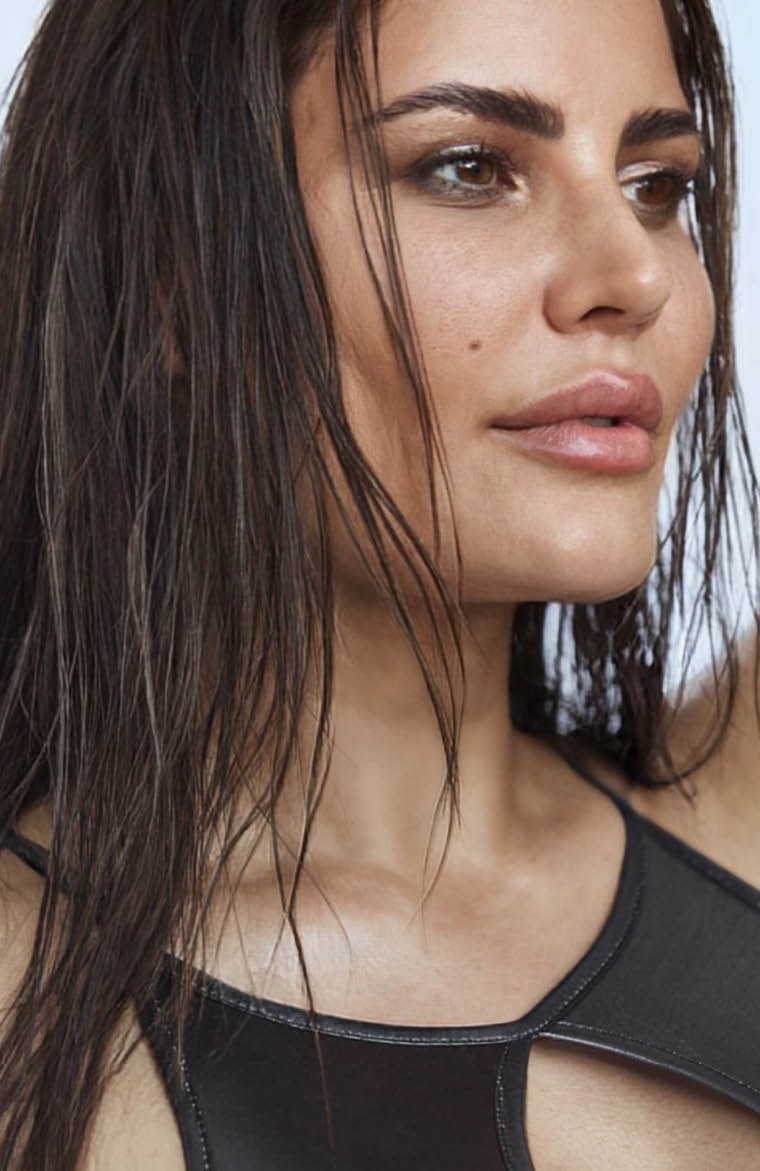
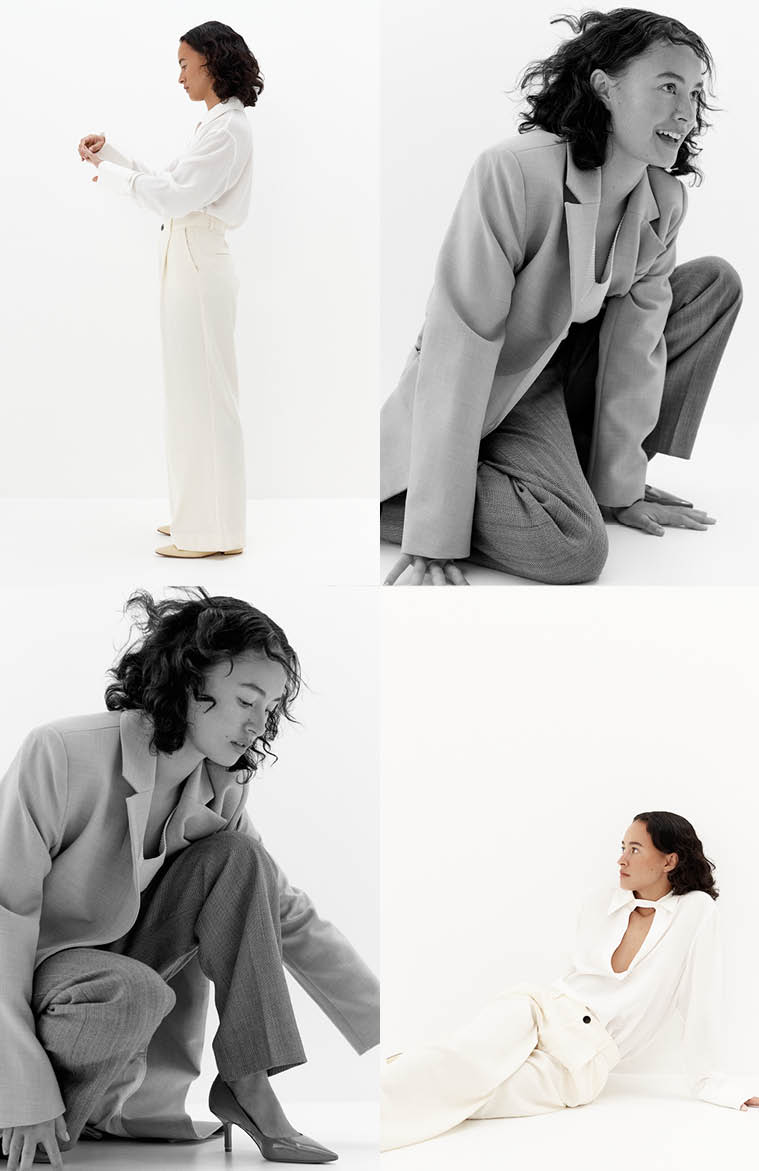
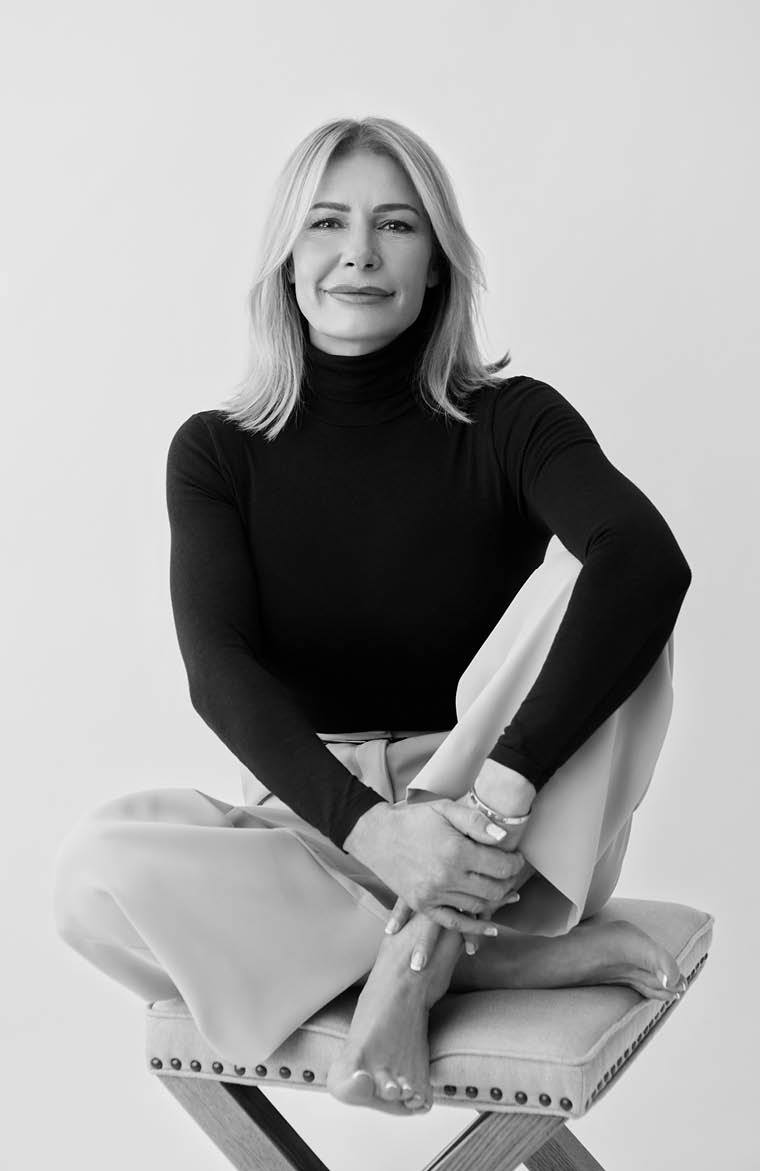
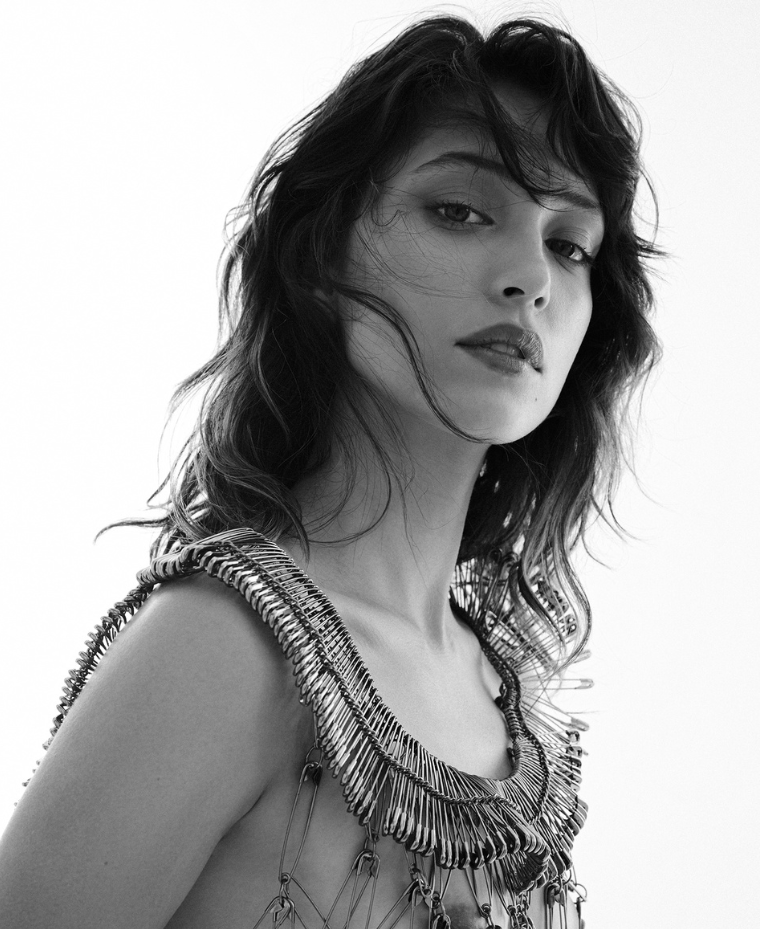
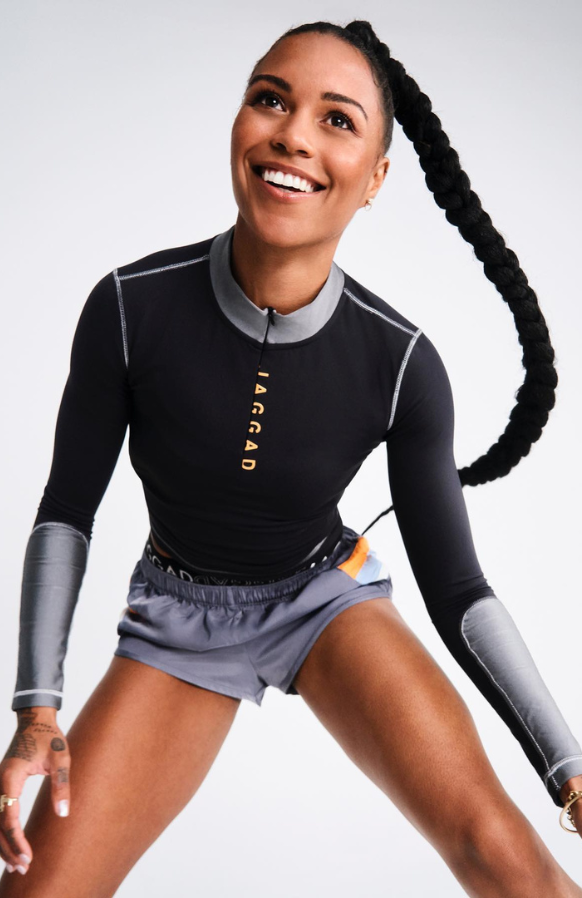


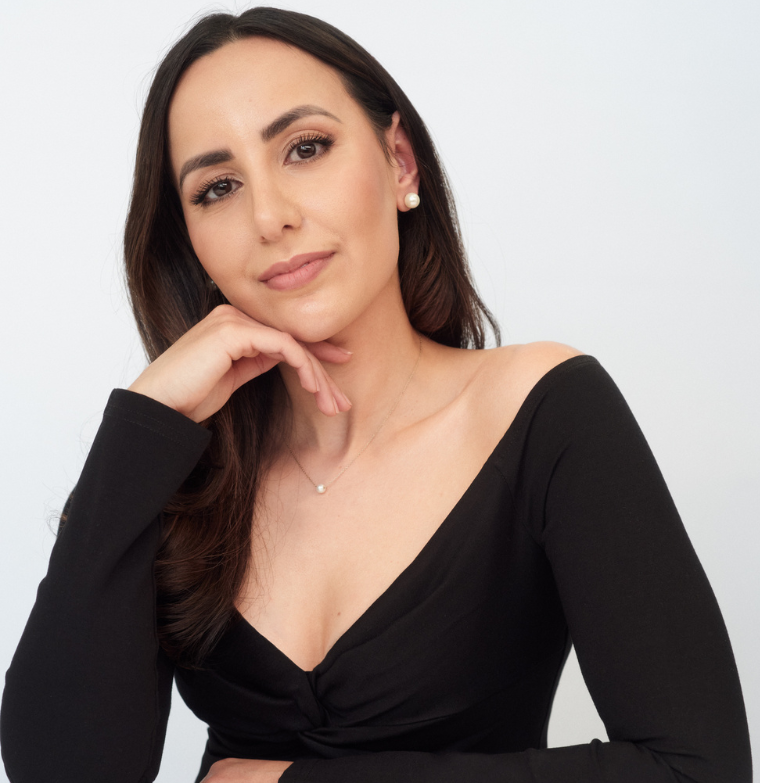


Comments